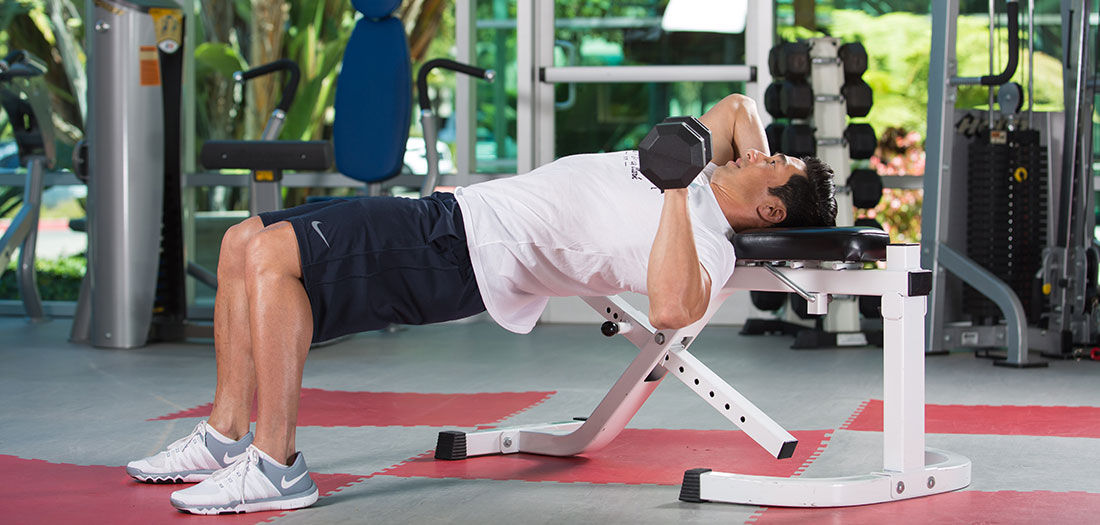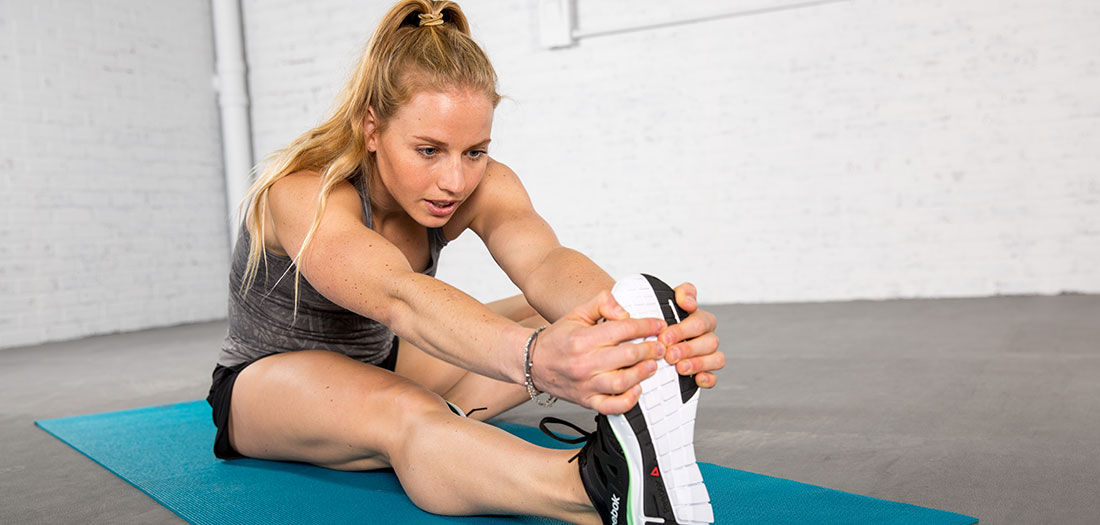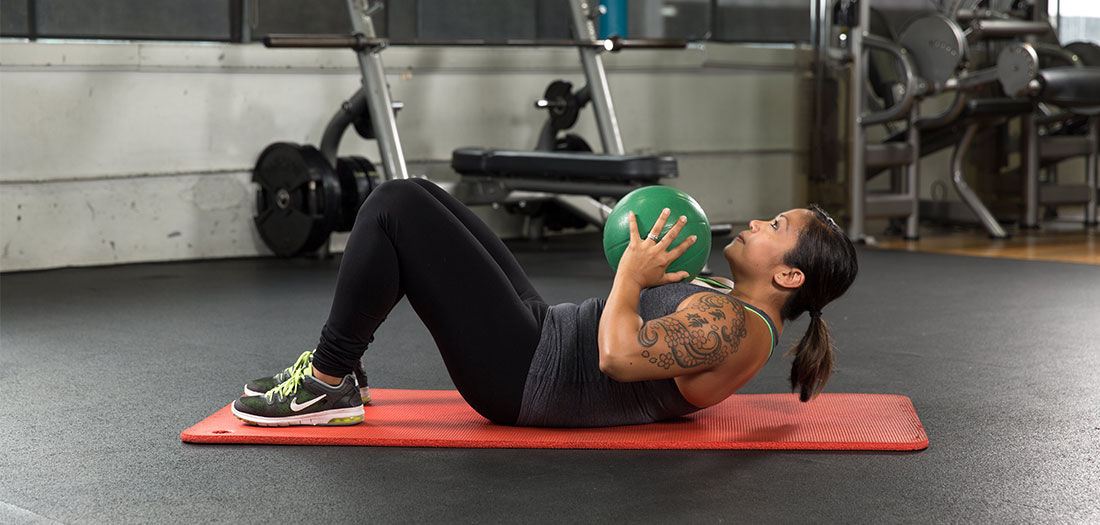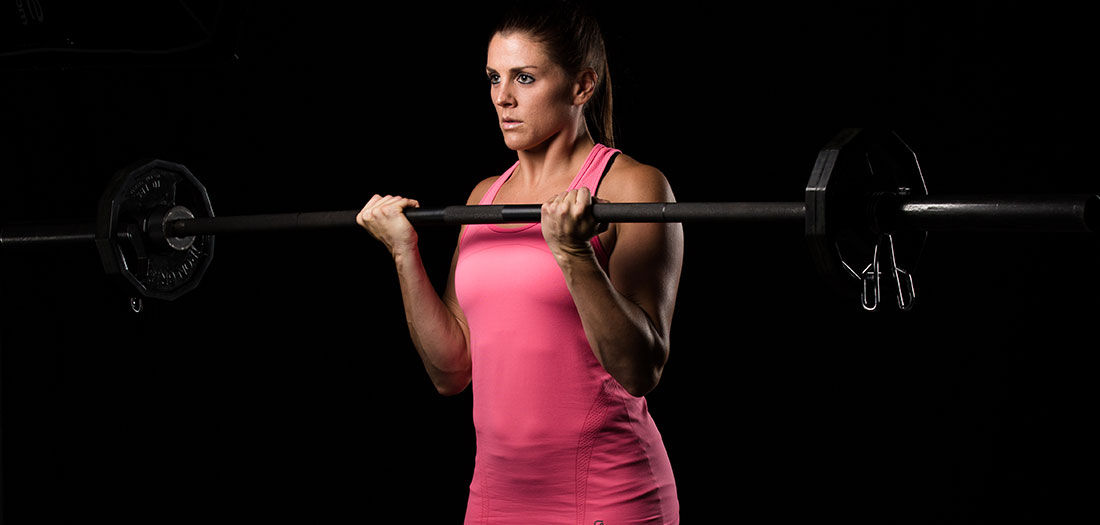There’s no shortage of information sources in the world today. This is both a blessing and a curse. On one hand, we literally have countless resources at our fingertips. On the flip side, the available information isn’t always credible or reliable. This is particularly true when it comes to health, nutrition and fitness “advice.”
It takes little effort to discover a “source” whose author took creative liberties with the science of exercise and offered an interpretation that ultimately sends the well-intended reader down a path of bewilderment. Fitness myths typically start with a grain of misunderstanding and spiral into “how to” guidance with wildly questionable rationales and unfounded claims. Here are a few of the most popular myths those of us in the health and fitness industry battle to bust:
The Fitness Myth: Abdominal crunches will give you a six-pack.
The Fit Truth
As a health and fitness professional, I consistently advocate for building a strong core using a variety of techniques beyond the common abdominal crunch. Core work, including abdominal crunches, is a highly effective method for increasing muscular endurance, strength, spine stabilization and posture. However, countless abdominal crunches will not necessarily reveal the “six-pack” look. Obtaining that chiseled midsection takes more than perpetual toe touches. To flatten the stomach, one must work to achieve a favorable change in body composition (reduce fat and build muscle). This is accomplished through a strategic combination of cardiovascular activity, resistance and core training (to increase resting metabolic rate and strength), which are all supported by healthy and balanced eating habits.
The Fitness Myth: If women weightlift, they will get “bulky.”
The Fit Truth
Nothing could be further from the truth. Women can and should lift weights (heavy ones) without the fear of becoming anything more than healthy, toned and strong. Note that these characteristics are not synonymous with “bulky.” One of the fundamental ingredients for muscle growth is testosterone, which is a hormone found in high concentrations in men, but not so much in women (women do have testosterone, but not in the levels present in men). While some females are predisposed to developing significant muscle tone and size, this is not the case for all. Women lack the chemical make-up required to “bulk up” without extreme training volumes, strict dieting habits and possible supplementation. Fortunately, more and more women are getting the message and dropping the light weights.

The Fitness Myth: If resistance training stops, muscle will turn to fat.
The Fit Truth
The first thing you need to know is lean tissue (muscle) and non-lean tissue (adipose/fat) are entirely separate materials with different biochemical structures, metabolic rates and functions. If an individual (this is true for men and women) stops lifting weights and adopts a sedentary lifestyle, lean tissue will atrophy (weaken) and reduce in size. Muscle will not and cannot turn to fat. However, the resting metabolic rate will slow as a result of decreased muscle mass, because muscle tissue is more metabolically active than fat tissue.

The Fit Myth: Working out in the “fat-burning zone” helps you lose weight.
The Fit Truth
This is one I like to consider a “half-truth.” Yes, a “fat-burning zone” does exist—it’s the point at which lipids are being used as the primary source of fuel. Lipids are generally utilized at rest (including sleep) and during very low-intensity activities. While that part might be true, fewer calories are burned during lower-intensity activities. In fact, the number of calories burned in this “zone” is too low to initiate (or maintain) weight loss. If the goal is weight loss, a higher-intensity activity is desirable. The overall goal should be to increase the heart rate and burn off a significant number of calories.
Remember, successful weight loss strategies are a marriage between physical activity, sound nutrition, hormonal balance and positive changes in lifestyle habits.

The Fit Myth: Stretching before a workout is beneficial.
The Fit Truth
This is also a “yes and no” type of statement. Health and fitness professionals advocate for warm-up and cool-down periods for good reasons. First, a warm-up prepares the body to meet the demands of a workout. A warm-up does this by increasing muscle temperature and heart rate, releasing specific hormones, getting you mentally “fired up,” and improving range of motion. However, static stretching should be performed at the end of the workout during the cool-down portion. The most effective type of stretching before a workout is a dynamic series of exercises. This type of stretching involves the whole body, large muscles and multiple joints. The goal is to activate the muscles you will use during the workout. Static stretching, on the other hand, is focused on elongation and relaxation (generally). You don’t want to enter a workout in a relaxed and stretched state—chances are you will reduce force output and your workout won’t have the same quality or effectiveness as if you were to save the static hold for the end.
Fitness myths have always and will likely continue to plague the industry and confuse even the most committed fitness fans. As you search for answers to your fitness questions, visit reputable websites and authorities such as ACE. The bottom line: If it sounds too good to be true, it most likely is. Be sure the author’s credentials and scientific evidence back up the information you find before taking it as truth.
Continue to break down myth and reality with the truth behind these common nutrition myths.




 by
by 












 by
by